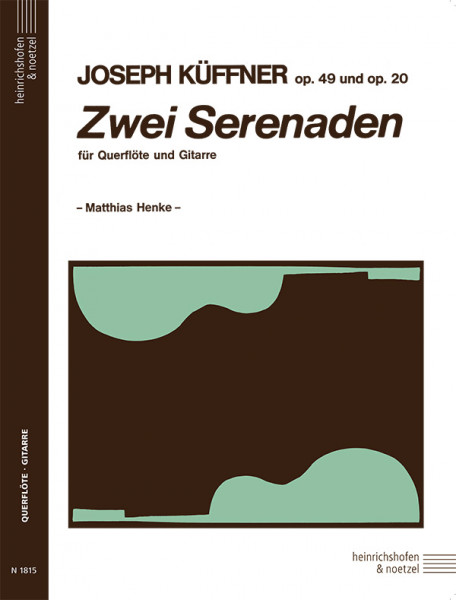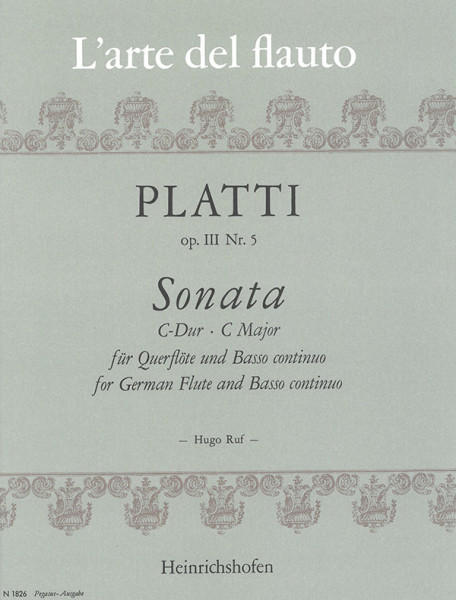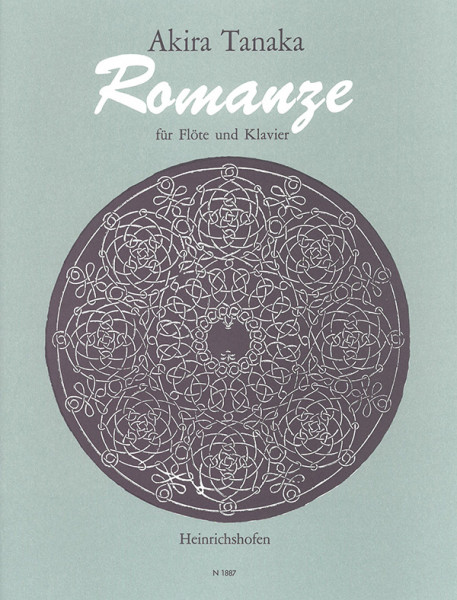No results were found for the filter!
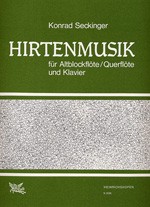
Konrad Seckinger
Shepherd's music Alto recorder (flute) and piano
Eine weihnachtliche Spielmusik in sechs kurzen Sätzen, originell und auf der Grundlage einer fundierten Satztechnik komponiert, dabei nicht schwer auszuführen. Inhalt: - Auf der Weide - Die Botschaft des Engels - Aufbruch nach Bethlehem - Anbetung des Kindes - Dank Mariens - Heimkehr
Mehr €10.50 *
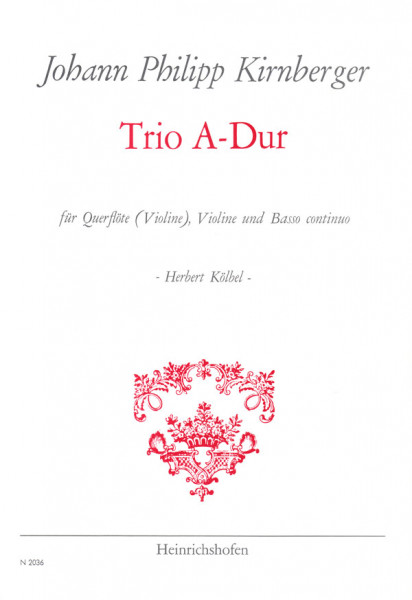
Johann Philipp Kirnberger
Trio A-Dur Querflöte (Violine), Violine und Basso continuo
Als Quelle für diese Stücke diente eine Handschrift aus dem Besitz der Staatsbibliothek Preußischer Kulturbesitz.
Mehr €15.00 *
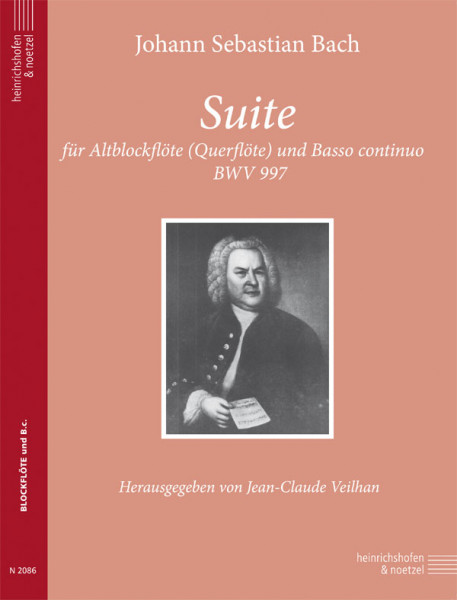
Johann Sebastian Bach
Suite Altblockflöte (Querflöte) und Basso continuo
Die Suite oder Partita BWV 997 ist unbestritten ein Werk Johann Sebastian Bachs. Die hier vorgelegte Fassung wird zum ersten Mal für Blockflöte und Basso continuo (Cembalo und Violoncello) vorgelegt, wobei die Partie des Cembalo besonders in der Fuge anspruchsvoll ist.
Mehr €20.00 *

Johann Sebastian Bach
Arien und Choräle Querflöte und Orgel
Das vorliegende Werk wurde 1987 für die Sonntäglichen Orgelstunden im Museum der Stadt Regensburg geschrieben. Für die Bearbeitung wurden originale Querflötenpartien aus dem reichen Kantatenschaffen J. B. Bachs ausgewählt. Inhalt: - Das Blut, das meine Schuld durchstreicht - Jesus, der ins Fleisch gekommen - Was Gott tut, das ist wohlgetan - Herzlich tut mich verlangen
Mehr €16.00 *
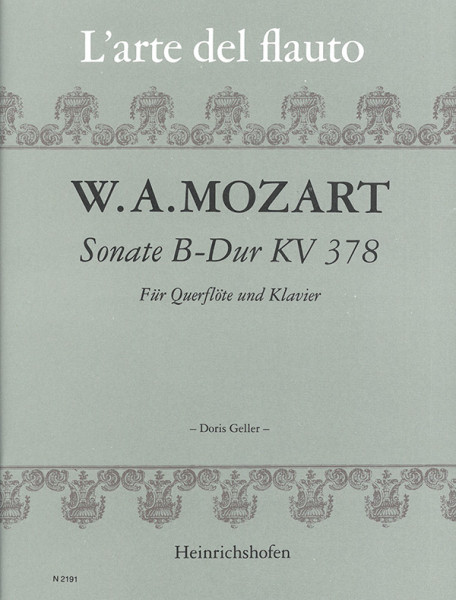
Wolfgang Amadeus Mozart
Sonata B flat Major KV 378 Flutes and piano
Mozart's favourite instrument was not the flute. This is generally known and can be seen from the fact that he only dedicated four chamber music works to it, namely the four quartets for flute, violin, viola and cello. Even the ‘flute sonatas’ - the early sonatas Opus 10, 11, 12 and 13 - which have been available in print for some time, are merely arrangements of sonatas for piano and violin. At that time, the term ‘piano’ meant the harpsichord. It was not until around 1780 that ‘piano’ generally meant the fortepiano. In the manuscript of the Sonata in B flat major K. 378, composed in 1779, Mozart still explicitly specified the harpsichord. It was published in 1781 as part of the second series of 6 sonatas for piano and violin, whereby the order of the instruments mentioned is typical for this period: The piano is the main carrier of the musical action and is accompanied by the melody instrument. Mozart composed 35 sonatas for this instrumentation, but not a single one for flute! In order to give flute players the opportunity to play works by Mozart with piano, this violin sonata was chosen for an arrangement. The work is well suited to the flute, so that no major changes had to be made to adapt the violin part to the technical requirements of the flute. Even the original key (B flat major) could be retained. All the dynamic markings and articulation indications contained in the original text were retained, only the legato slurs in the violin part were altered in some places for the flute. Both dots and wedges as well as intermediate forms indicate the staccato in Mozart. For the facilitate reading, standardised dots have been used in this edition. The dynamic indications in the piano part are not given for each hand individually, as is the case in Mozart's manuscript, but for both hands together, provided they are the same for both hands.This edition enriches the repertoire of flautists with a valuable musical work and brings joy to all players. Content: - Allegro moderato - Andantino sostenuto e cantabile - Rondeau / Allegro
Mehr €22.00 *
Viewed

